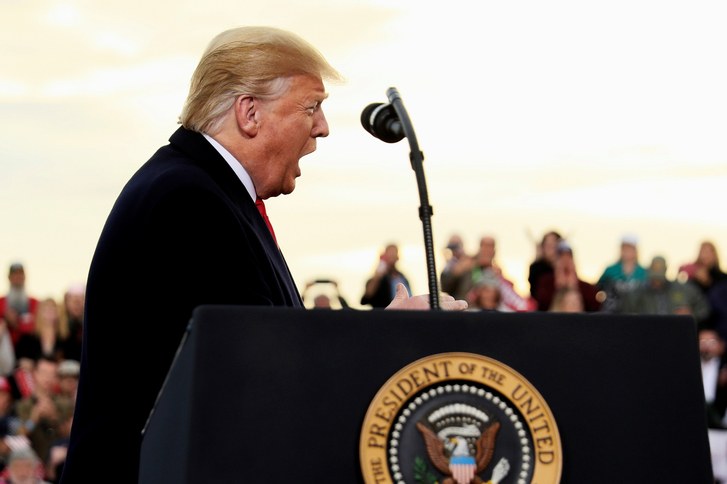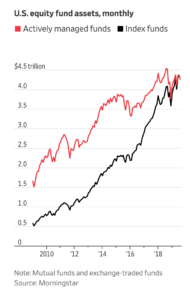
Since his tumultuous presidential campaign, Donald Trump has utilized rhetoric that has polarized the American public to a largely unprecedented extent. He ran his presidential campaign on a platform of divisiveness stemming from an “us versus them” mentality, and these ideas have now translated into concrete violence and extreme polarization and hyper-partisanship in the American political landscape.
At various times during the 2016 presidential campaign, Trump referenced violence. For example, in Iowa on January 23, 2016, Trump said: “I could stand in the middle of Fifth Avenue and shoot people, and I wouldn’t lose voters.” While this does not directly call violence to action, it sets the scene for the normalization and desensitization of gun violence in the contemporary United States.
In North Carolina on August 9, 2016, Trump said: “By the way, if [Hillary Clinton] gets to pick her [Supreme Court] justices, nothing you can do, folks…although the Second Amendment people- maybe there is, I don’t know.” Although somewhat unclear, in this quote Trump blatantly suggests to his supporters that using a gun to physically harm Hillary Clinton is something they could possibly do if Clinton had the opportunity to select a Supreme Court nominee.
President Trump has also referred to the press and media outlets as the “enemy of the American people” multiple times during the course of his presidency, and he has made the term “fake news” a mainstream idea that dominates a lot of discussions on the role of the media in politics. While repetitively referring to journalists as enemies of Americans is a tactic used by the president to rally his Republican base and divert attention from negative coverage of his controversial policies and the Mueller investigation, it is also a tactic that incites violence in our communities at the expense of those who report the news. Continually telling Americans that the press is their enemy is certain to instill that idea in the minds of a great number of people, and it is deeply troubling to analyze the impacts of this rhetoric.
This phenomenon can be seen very clearly with several recent events. First, a man in California was arrested by the FBI in late-August after he threatened to commit a mass shooting at the Boston Globe. He had called the Globe anonymously several times, and was reported to have said: “you’re the enemy of the people, and we’re going to kill every…one of you.” Authorities then found twenty different firearms in this man’s home, which suggests that his threats were not empty.
More recently, in October, several prominent Democrats and Trump critics, including Barack Obama, Hillary Clinton, Joe Biden, Senators Cory Booker and Kamala Harris, Representative Maxine Waters, the CNN office building in Manhattan, and more, were sent packages containing pipe bombs by a man in Florida. It seems that these people were all targeted for being critical of the Trump administration, and it is horrific to contemplate that this act of terror was committed by someone radicalized by the President of the United States.
People do not decide to send bombs to political opponents or commit mass shootings overnight. It takes months of desensitization of violence and the normalization of the dehumanization of Trump critics before someone could decide to do these heinous things. The way in which President Trump targets the media and his critics has sparked hatred for these groups in his radical supporters, and it has also encouraged violent acts to be committed against these groups. Without these catalysts, these events would not have occurred.
With a President that directly and indirectly seems to tolerate, and often encourages, violence against certain groups of people and individuals, should we really be surprised that many Americans are following his lead? It begs the question: who is the real enemy of the American people?
-Cassi Niedziela


